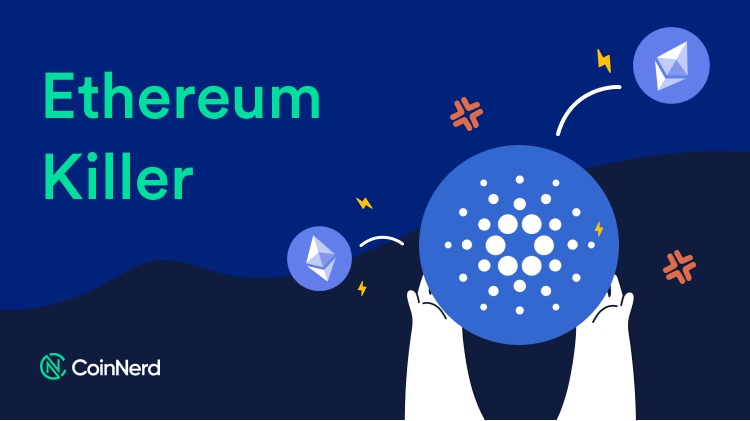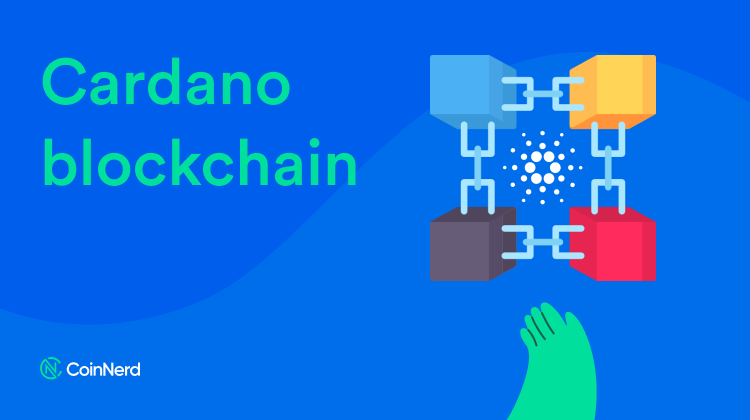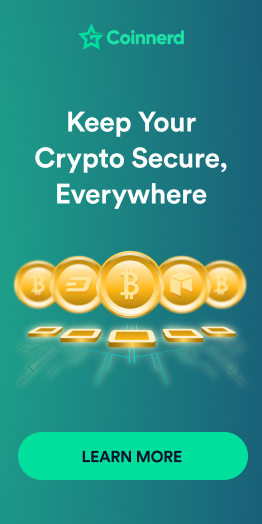What is Cardano (ADA) Blockchain Project? Can It be an Ethereum Killer?
Cardano is an open-source proof of state public blockchain that was created to rival the dominance of Ethereum while addressing key challenges associated with first-generation chains. Its native cryptocurrency is ADA.
In recent years, Cardano has grown to become one of the biggest blockchain projects in the world with a current market capitalization of around $26 billion. In this post, we are going to focus more on this chain. We will look at what it is, the team behind it, and analyze its future in the decentralized ecosystem.
What is Cardano (ADA)?
Cardano is a third-generation open-source blockchain that is trying to address some of the main failures of first-generation chains like Ethereum. In essence, Cardano has taken all the lessons learned over the years with legacy blockchains and created a more efficient, faster, and scalable decentralized network.

Cardano also strives to make its chain more versatile to help enhance innovation and security. The project was launched to the public in 2017 and ever since it has grown massively. The chain also continues to evolve and adapt to new challenges in the decentralized universe.
This ability to learn, not just from previous legacy chains but also from itself, is what makes Cardano one of the most successful blockchains in the world today.
Who Are the Founders of Cardano?
Cardano was built by a company that calls itself Input Output Hong Kong or IOHK. This is largely an organization of engineers, academic researchers, and other support staff dedicated to the development and growth of this network. But the idea itself was conceived by Charles Hoskinson who was actually one of the co-founders of Ethereum.
Hoskinson wanted to create a blockchain that would revolutionize distributed technology. As such, Cardano was created purposely to allow for engineering rigor and innovation. Hoskinson himself was an early crypto enthusiast. As early as 2011, he was already mining and trading crypto. Hoskinson also studied Analytic Number Theory at the University of Colorado.
Another name behind the Cardano project is Jeremy Wood. Like Hoskinson, Wood was also an early crypto enthusiast having started in 2013. Wood was part of the Ethereum team as well before he left and joined IOHK in 2015.
Cardano’s Achievements and The Road Ahead
There is no doubt that Cardano has achieved legendary status in the crypto industry. While there are many Ethereum “killers” right now, Cardano is probably one project that has come fairly close to replacing Ethereum over the last few years. During this journey, the project has also had various successes of note, and here are some of them.
Byron Era – Development and Launch (2017)
The Cardano idea was conceived for the first time in 2015. But it took the best part of three years to develop the necessary infrastructure and technical team to bring the project to life. The project would go on to become the largest Proof of Stake blockchains in the world.
Shelley Era – Full Decentralization (2020)
After the development and launch of the Cardano infrastructure, the next phase was characterized by renewed efforts by the Cardano community to develop sufficient network nodes.
The nodes were designed to usher in an era of extensive decentralization. It was during this phase that the native token ADA started to play a key role in offering rewards within the Cardano ecosystem.
Goguen Era – Smart Contract Capability (2021)
The versatility of the Cardano chain became evident when the platform started adding smart contract capability in the run-up to 2021. Cardano also noted that it intended to make the smart contract compatible with all major programming languages.
What this essentially does is that it opens the blockchain for developers to create innovative decentralized apps or DAPPs. The smart contract capability also means that it is now possible for users to create native assets, stablecoins, and even multi-asset ledgers using any programming language.
Basho Era – Scalability (2022)
The biggest challenge for legacy blockchains has often been scalability. Cardano saw this from way back and as such, the project is currently working to introduce several key scaling solutions for its chain. Central to this is the Hydra layer two scaling solution. The solution is still under development and is one of six areas where Cardano is exploring scalability options.
Hydra Era – Of-chain Transactions
Off-chain transaction processing is seen as one of the most promising scalability options for blockchains. In essence, transactions are taken off the blockchain, processed securely using third-party resources, and then returned to the main chain.

Cardano hopes to achieve this using what it calls Hydra stake pools. As of now, current estimates suggest that a single stake pool will be able to process up to 1000 transactions per second. Considering that the project already has 3000 stake pools, Cardano could easily process over 3 million transactions per second in the future. This will be massive.
Will Cardano (ADA) Ever Return to All-time Highs?
The excitement around Cardano has always been huge. For most investors in crypto, ADA will always be a key consideration. But despite hitting all-time highs in September 2021, ADA has since fallen sharply. So, what are the chances it will return to these levels in the near or medium-term? Well, it could, and here is why.
Renewed Interest from Whales
In recent months, we have seen increased interest in Cardano by crypto whales. Data provided by The Block Show, a blockchain analytics firm, noted that the value of ADA held by addresses with between 1 million and 10 million coins is up nearly 41% since the end of January.
The total value of ADA held by these large accounts has now reached $9.7 billion. The return of whales to ADA could be a huge factor in pushing its price higher in the near term.
Increased Total Value Locked (TVL)
Total Value Locked (TVL) for Cardano has also hit an all-time high of $160.79 million. TVL rose by more than $50 million in less than seven days. However, most of this TVL is locked in SundaeSwap, a leading Cardano-based decentralized exchange. An increase in TVL shows increased investor confidence in the long run.
NFT Integration
NFTs have been making headlines in recent months and there is no doubt they are going to be huge in the crypto universe. Cardano sees this and as such, the project is partnering with Rival, an eSports giant, to develop innovative NFT marketplaces.
The partnership will allow users to create, sell, and earn NFT royalties using Cardano. Rival itself has big-name NFT clients under its name including the Seattle Seahawks, The Detroit Pistons, and a host of others.
Entering the NFT boom will make ADA more versatile. As long as sentiment in the broader crypto market starts to improve, it is likely that ADA will recover some of the losses seen from its September ATH.
Final Thoughts
Cardano has demonstrated a superb ability to address fundamental key challenges within the blockchain industry. Ever since it was launched in 2017, the platform has focused on creating a better, more accessible chain compared to all legacy projects before it. The future is of course bright. Cardano will continue to grow and remain one of the most dominant chains in the world.
* We hope this information will help you in your investment process, but this is not investment advice. Every investment carries risk, especially in this industry, so DYOR before making a decision.






